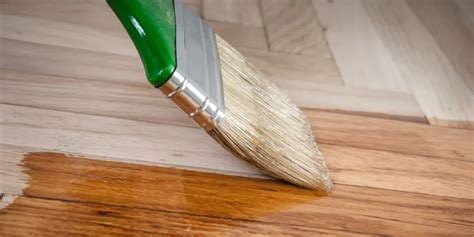Varnish Drying: Your Guide to a Flawless Finish
Achieving a flawless finish on your woodworking project hinges on understanding varnish drying. It's more than just waiting for it to dry; it's about optimizing the environment and understanding the process to ensure durability and a beautiful, long-lasting sheen. This comprehensive guide will delve into the intricacies of varnish drying, covering everything from understanding the drying process to troubleshooting common issues.
What is Varnish and How Does it Dry?
Varnish is a protective coating made from resins, oils, and solvents. The drying process, often mistakenly referred to as "hardening," involves the evaporation of solvents and the oxidation or polymerization of the resin. This means the solvents (like mineral spirits or toluene) simply evaporate into the air, leaving behind the hardened resin that forms the protective layer. The time it takes for this to happen depends on several key factors, which we'll explore below.
How Long Does Varnish Take to Dry?
This is a frequently asked question with no single answer. Drying time depends heavily on several variables:
-
Type of Varnish: Oil-based varnishes dry much slower than water-based or polyurethane varnishes. Oil-based varnishes may take days or even weeks to fully cure, while water-based options often dry to the touch within hours.
-
Temperature and Humidity: Warm, dry conditions accelerate drying. High humidity slows down the evaporation of solvents and can lead to a sticky or tacky finish. Ideal conditions are typically around 70-75°F (21-24°C) with humidity below 50%.
-
Thickness of Application: Thicker coats take significantly longer to dry than thin coats. Multiple thin coats are always preferable to one thick coat.
-
Ventilation: Good air circulation is crucial for proper solvent evaporation. A well-ventilated area will drastically reduce drying time and prevent trapped moisture.
-
Type of Wood: Porous woods, such as pine, will absorb more varnish, potentially slowing down the surface drying.
H2: How long does varnish take to dry to the touch?
The time it takes for varnish to dry to the touch varies greatly depending on the factors mentioned above. Water-based varnishes might dry to the touch in a few hours, while oil-based varnishes could take a day or more. "Dry to the touch" simply means the surface is no longer sticky. However, it’s crucial to understand that this doesn't mean the varnish is fully cured.
H2: How long does varnish take to fully cure?
Full curing is a much longer process. This refers to the completion of the chemical reactions that harden the varnish, creating a durable and resistant film. This can range from a few days for water-based varnishes to several weeks, even months for oil-based varnishes. Full cure is essential for maximum durability and scratch resistance.
Troubleshooting Common Varnish Drying Problems
-
Tacky or Sticky Finish: This is often caused by high humidity, poor ventilation, or overly thick coats. Allow the varnish ample time to dry in a well-ventilated, dry area. If the problem persists, lightly sanding the surface might help, followed by another thin coat of varnish.
-
Dust Nibs: These tiny imperfections are caused by dust settling on the wet varnish. Working in a clean, dust-free environment, or using a dust-free spray booth is crucial to avoid this.
-
Uneven Finish: This usually indicates uneven application or improper preparation of the wood surface. Proper sanding and multiple thin coats will usually resolve this issue.
Optimizing the Varnish Drying Process
-
Proper Preparation: Sanding the wood to a smooth finish is crucial before applying any varnish. This ensures optimal adhesion and a flawless final result.
-
Thin Coats: Apply several thin coats instead of one thick coat. This allows for proper drying and prevents runs or drips.
-
Controlled Environment: Aim for ideal temperature and humidity levels. Use fans to improve ventilation.
-
Patience: Allow ample time for each coat to dry before applying the next. Rushing the process will likely result in imperfections.
By understanding the factors that affect varnish drying and following the tips outlined above, you can significantly improve the quality and durability of your finished project. Remember, patience is key to achieving a truly flawless finish. Take your time, and your hard work will be rewarded with a beautiful, long-lasting piece.

